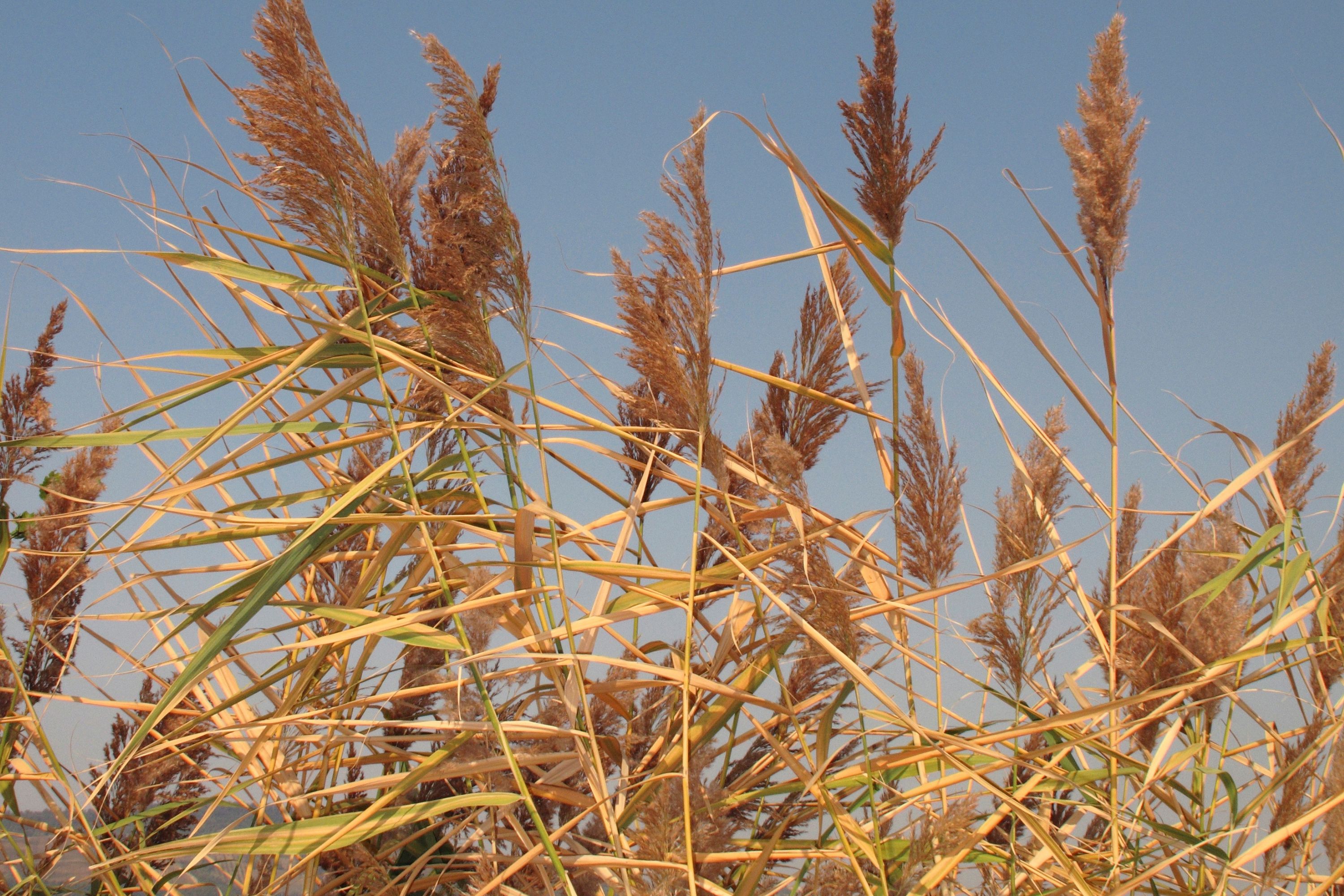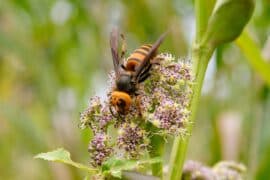Common reed
(Phragmites australis)

Description
Phragmites australis, known as the common reed, is a broadly distributed wetland grass growing nearly 20 ft (6 m) tall. Recent studies have characterized morphological distinctions between the introduced and native stands of Phragmites australis in North America. The Eurasian phenotype can be distinguished from the North American phenotype by its shorter ligules of up to 0.9 mm (0.04 in) as opposed to over 1.0 mm (0.04 in), shorter glumes of under 3.2 mm (0.13 in) against over 3.2 mm (0.13 in) (although there is some overlap in this character), and in culm characteristics. Phragmites australis, common reed, commonly forms extensive stands (known as reed beds), which may be as much as 1 square kilometre (0.39 sq mi) or more in extent. Where conditions are suitable it can also spread at 5 m (16 ft) or more per year by horizontal runners, which put down roots at regular intervals. It can grow in damp ground, in standing water up to 1 m (3 ft 3 in) or so deep, or even as a floating mat. The erect stems grow to 2–4 metres (6 ft 7 in – 13 ft 1 in) tall, with the tallest plants growing in areas with hot summers and fertile growing conditions.
Taxonomic tree:







